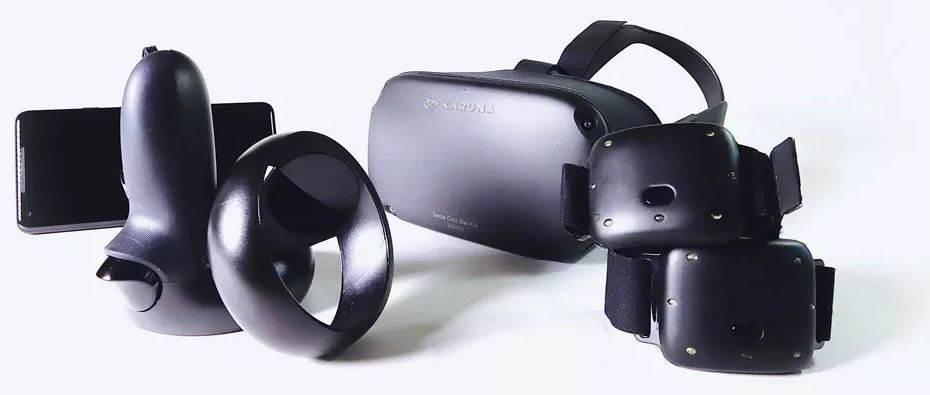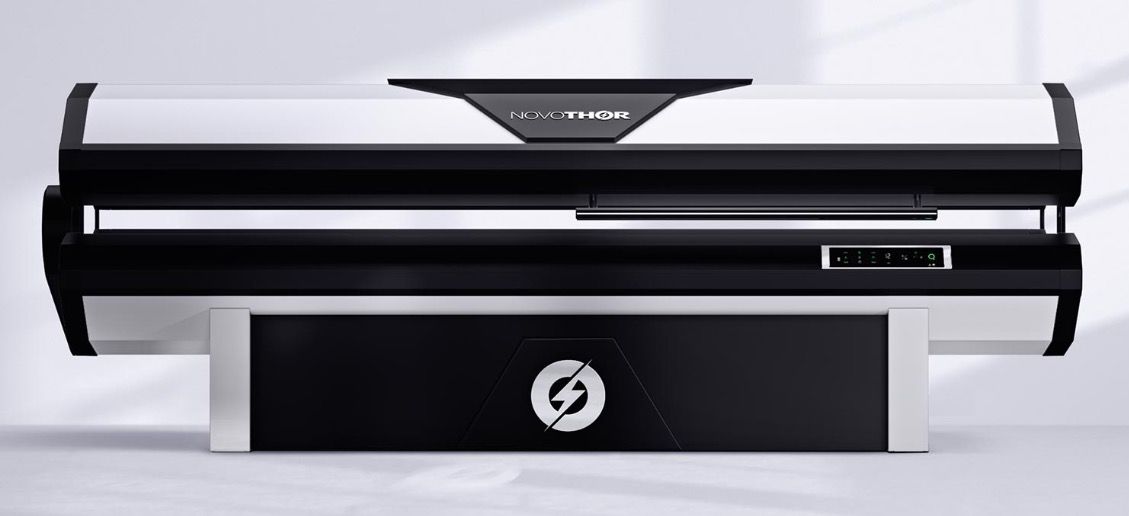Some people suffer from chronic pain, which is characterized by symptoms of pain that persist for longer than three months. While this can be the result of an underlying condition, it can also happen due to an injury or accident.
Whatever the cause, chronic pain is more than a nuisance—it can be downright debilitating, preventing you from performing at work, engaging fully in social life, sleeping properly, and even enjoying the smallest things like making a cup of tea. When something so serious affects your physical and mental well-being, you can look to the latest technology for solutions that may help you find relief.
1. Virtual Reality for Chronic Pain
While VR may be the future of everything, it is still a developing technology. That said, it's already making a difference in a range of industries including healthcare. VR is being used to reduce stress, provide patient education, give medical diagnoses, deliver medical training, conduct robotic surgery training, perform physiotherapy, and even treat chronic pain.
One company, Karuna Labs, has developed a hardware-software solution using the Oculus Quest VR and HTC Vive headsets to deliver chronic pain management programs. Using consumer VR hardware and the Karuna application, patients can follow routines designed to build a pain-free range of motion through a combination of physical and cognitive retraining during a 12-week program. Patients can do all this without leaving their living rooms.
Another company using VR to treat chronic pain is BreatheVR. BreatheVR uses Gear VR and Oculus Go to help you train how you breathe by immersing you in a virtual environment that responds to your breathing. As you go, you'll receive a visual reward (represented by pleasing changes to the environment) that encourages you to reach a deeper, more relaxed state of deep breathing.
BreatheVR or one of the many other apps for VR meditation training may also help anyone who is managing anxiety or just needs an extra dose of calm.
2. Photobiomodulation Therapy
Photobiomodulation (PBM) is a form of low-level laser therapy that uses red and near-infrared light to treat disease and injury. A paper in the journal Photomedicine and Laser Surgery argues that PBM therapy can improve the quality of life of patients for a fraction of the cost of many current approaches.
Treatments cited in the study include those for conditions including glaucoma, Alzheimer's, and Parkinson's disease. PBM therapy is now being used to reduce inflammation and treat both acute and chronic pain. The technology itself can look a lot like a tanning bed, but instead of UV light affecting the pigmentation of your skin, PBM aims to use low-level lasers to stimulate your body into healing itself.
Some PBM products, such as the Thor handheld laser treatment device, have been designed to target specific parts of your body. However, PBM devices are expensive and not intended for personal use.
3. Treating Chronic Pain With Mobile Apps
Treatment for chronic pain can be expensive, as PBM sessions at a clinic can cost as much as $100 per visit. As a result, there has been a tremendous amount of effort put into creating inexpensive, accessible health apps to help people with chronic pain.
Pathways
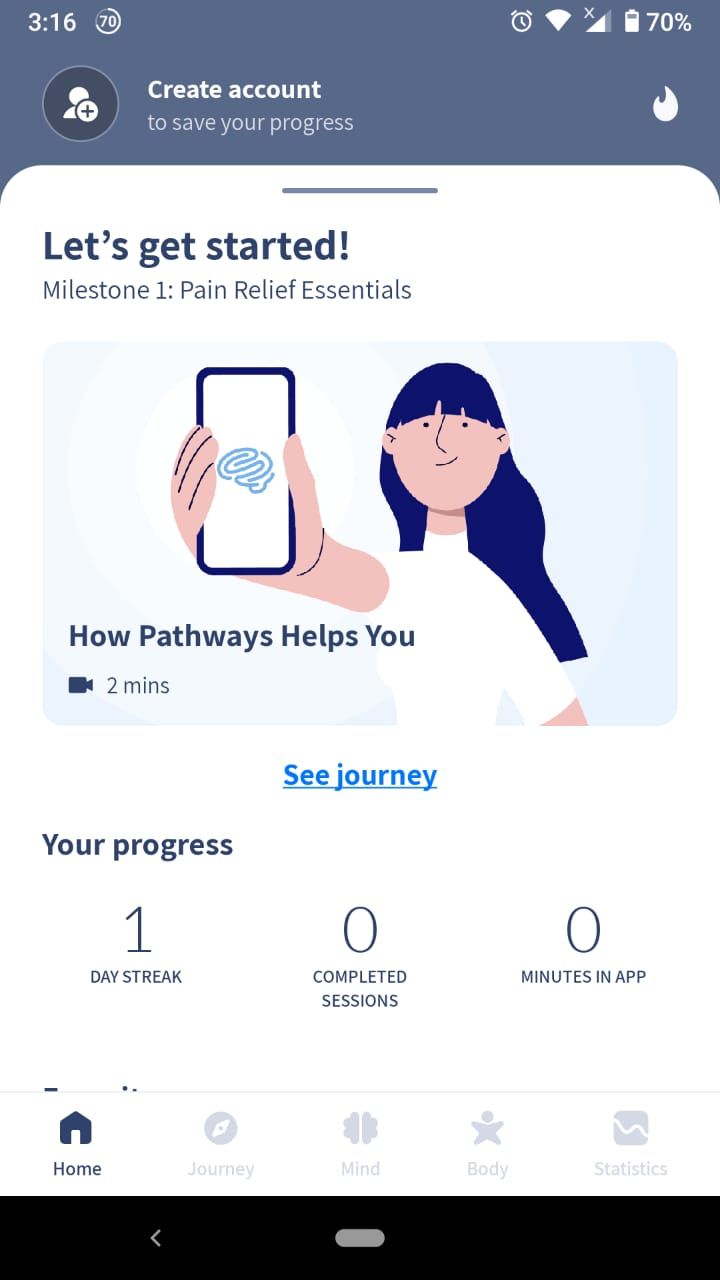
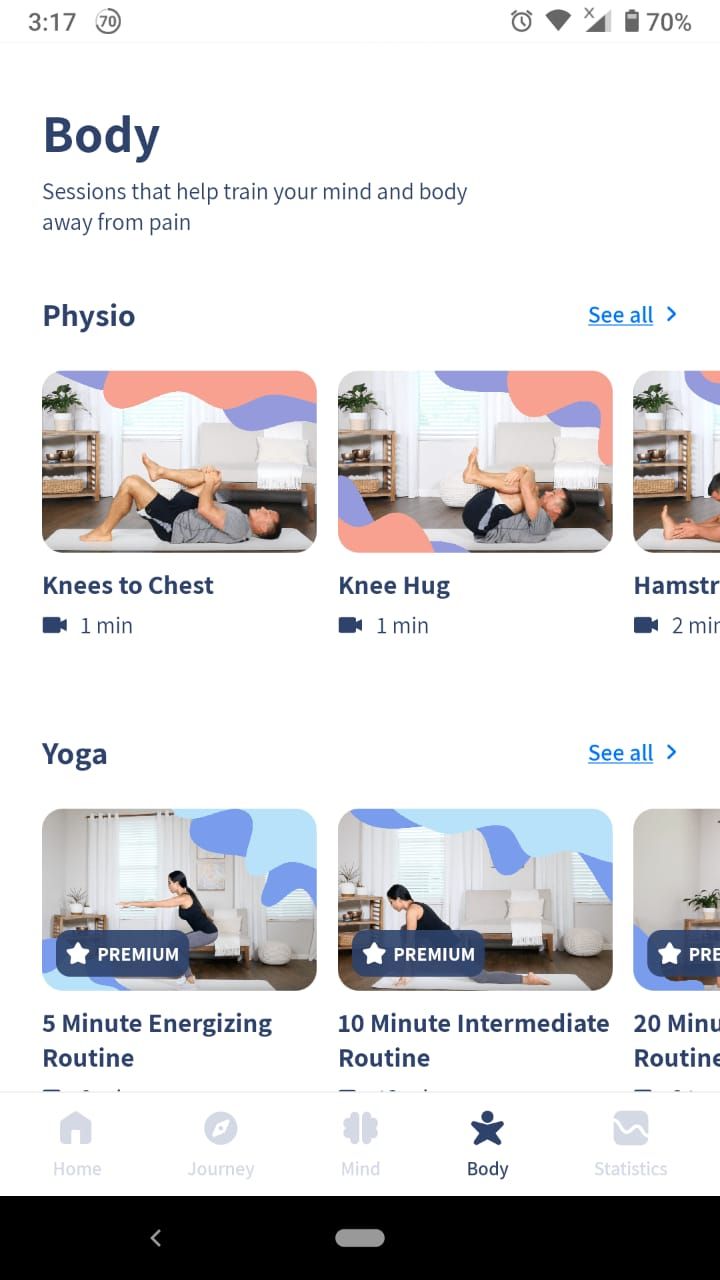
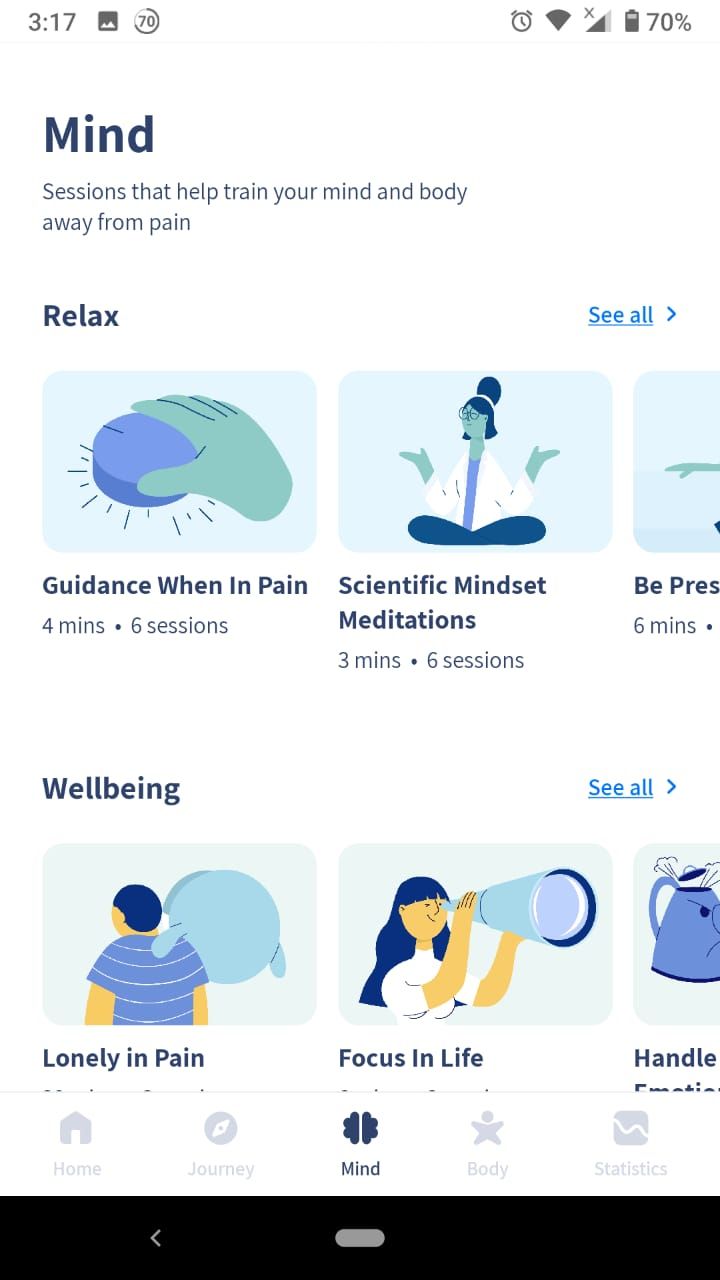
Pathways Pain Relief is one such app, and it uses a biopsychosocial approach to pain mitigation and management. That's a fancy way of saying that instead of immersing you into a virtual environment or using lasers, Pathways focuses on the mind-body connection and is designed to train your mind and body away from pain.
Pathways claim that its app can help you achieve lasting pain relief using safe and effective techniques. In-app exercises include a pain relief program, a well-being masterclass, hundreds of meditations designed for pain relief, as well as physiotherapy, yoga, and other exercise routines.
Download: Pathways Pain Relief for Android | iOS (Free, subscription available)
Wave
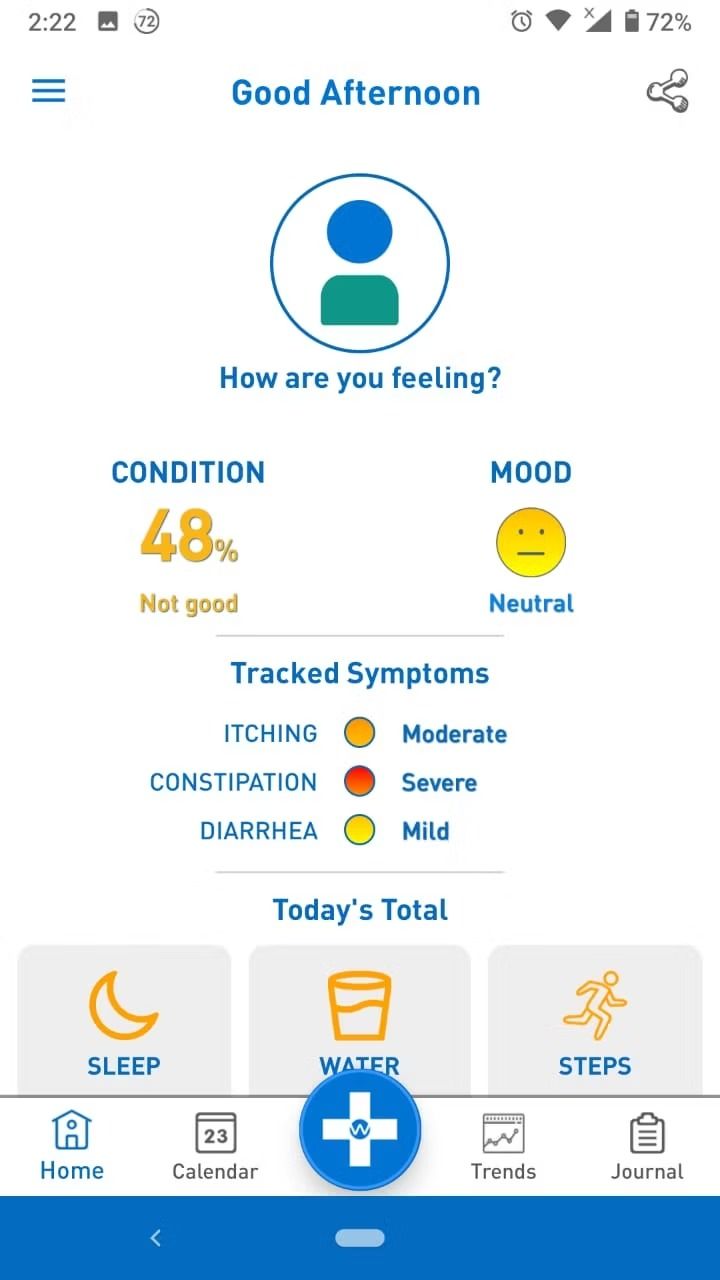
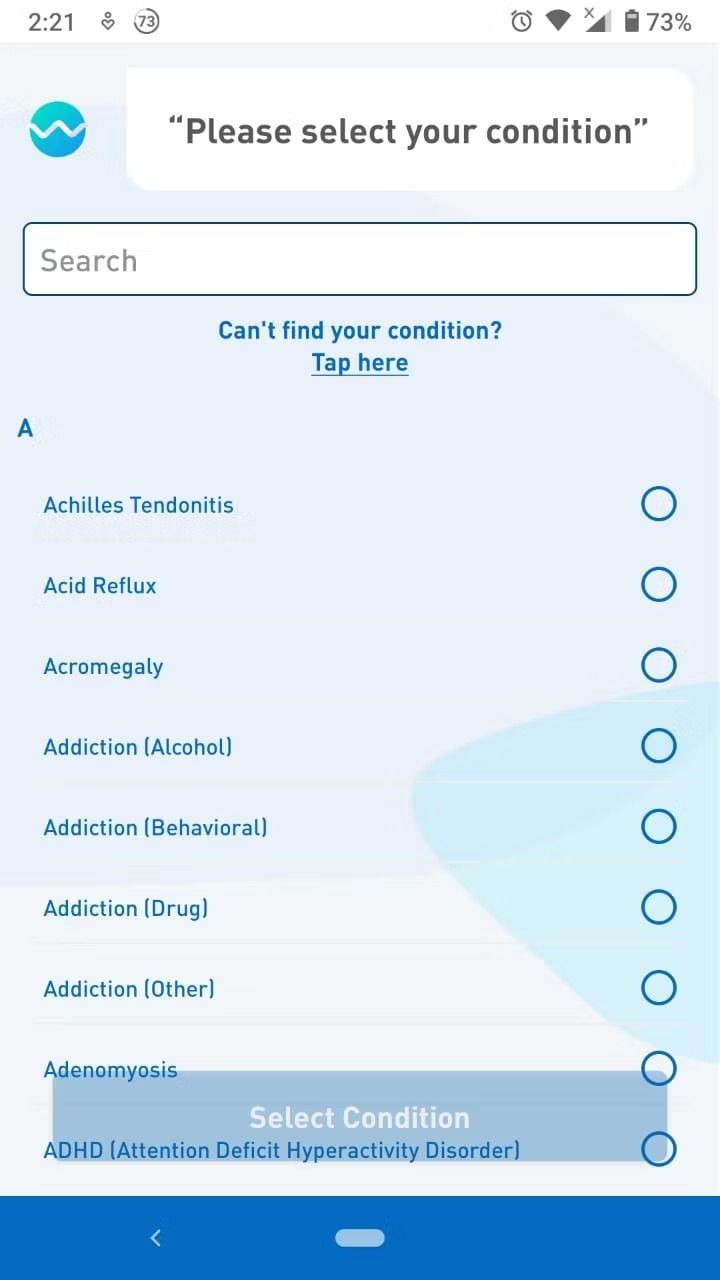
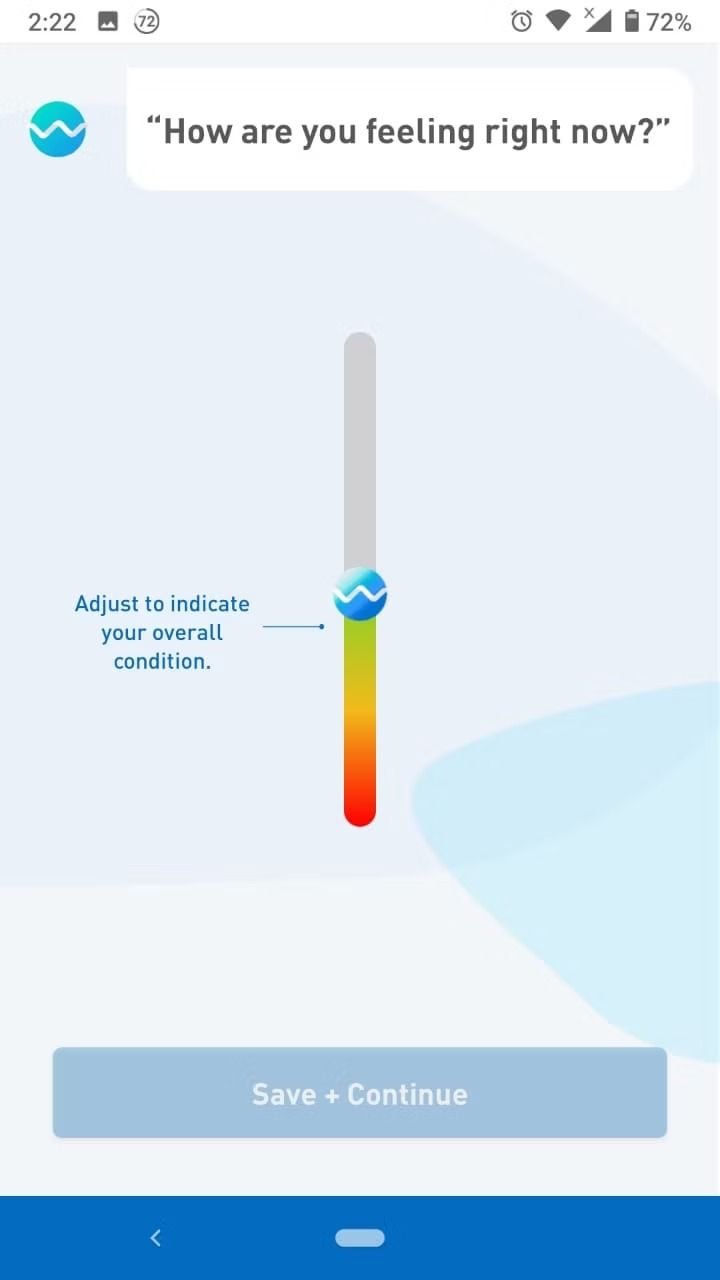
Other apps on the market such as Wave aim to help you track symptoms, medications, sleep, and other activities related to your chronic pain. The goal here is to provide you with detailed personal insights that will enable you to better control the symptoms you experience, including by working more effectively with doctors.
By tracking your symptoms more closely, you may discover new causes or triggers of pain. If you still need more information, Wave includes AI that generates insights in real-time to help tie actions to symptoms. And because chronic pain often leaves people feeling frustrated and helpless, apps like Wave act like a virtual advocate and health companion that accompanies you on your journey to wellness.
Download: Wave for Android | iOS (Subscription required, free trial available)
Curable
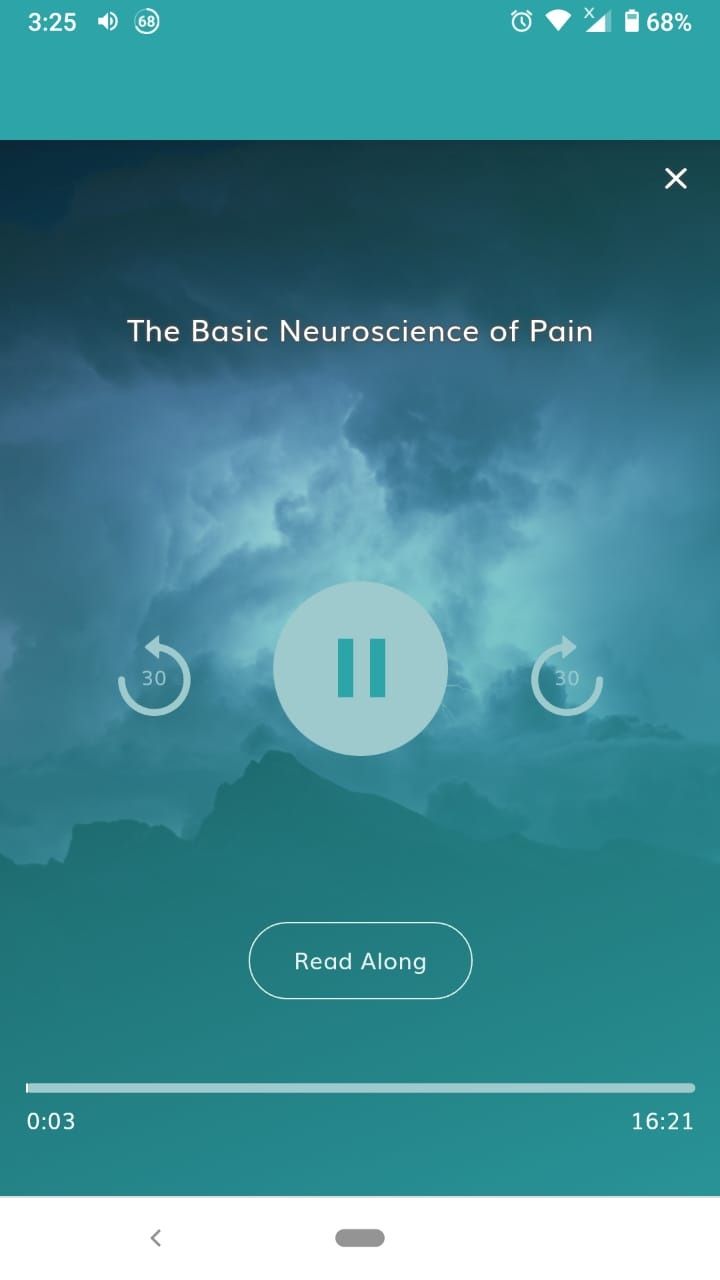
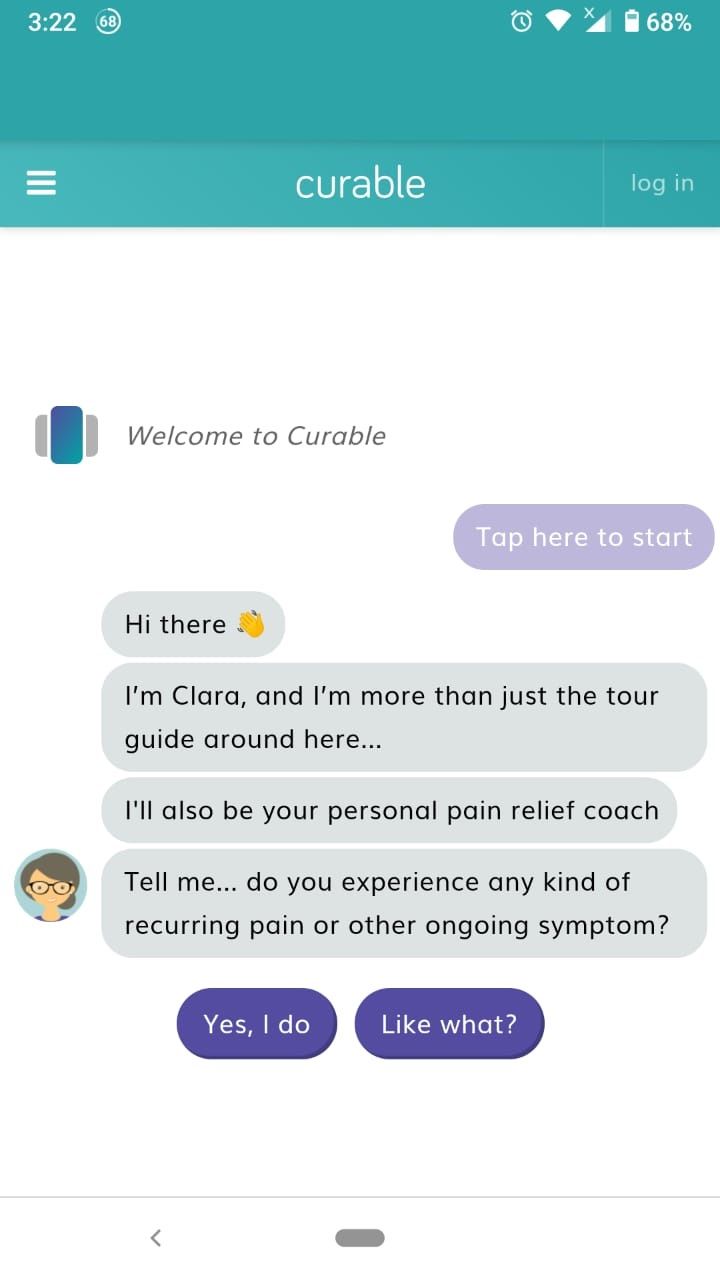
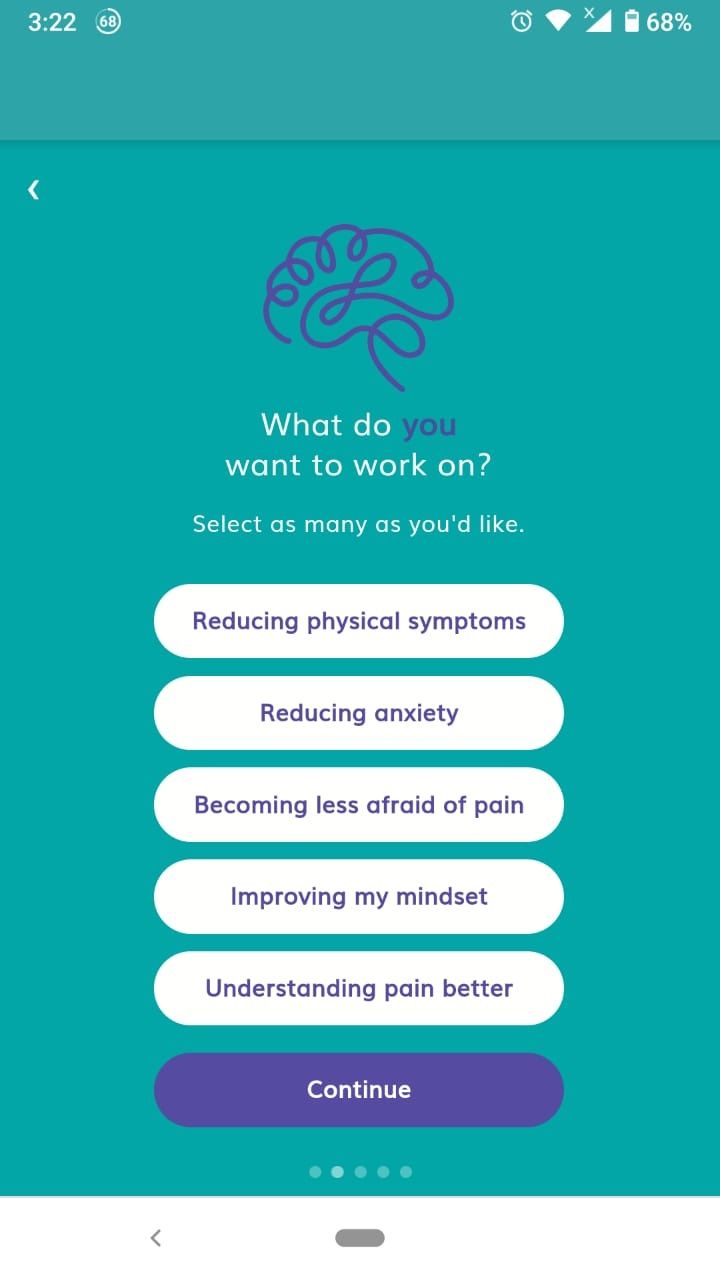
Another promising app in the world of chronic pain management is Curable, which the developers state has been developed in consultation with board-certified physicians, pain psychologists, physical therapists, and neuroscientists.
Even though it claims to be very different from other apps on the market, Curable takes a similar biopsychosocial approach to pain management. The app will help educate you on the science behind pain as well as how to apply a wide range of science-backed techniques to reduce symptoms, including somatic tracking, graded motor imagery, cognitive behavioral therapy techniques, guided meditations, and pain reduction visualization.
Download: Curable for Android | iOS (Free, subscription available)
Using Technology to Manage Chronic Pain
While consulting with a physician is always the best solution to serious ailments such as chronic pain, this option isn't always available. In addition, many people struggle to find solutions that work for them, so having a variety of options to experiment with is the best path to finding something that works.
The greatest thing about using technology to treat chronic pain is that most devices are non-pharmacological (no risk of developing a dependency or experiencing negative side effects), non-invasive, and safe. Plus, they're often more affordable and accessible than prescription or outpatient treatments.
So if you suffer from chronic pain and still haven't found a solution that works for you, consider trying one of these technological solutions.


